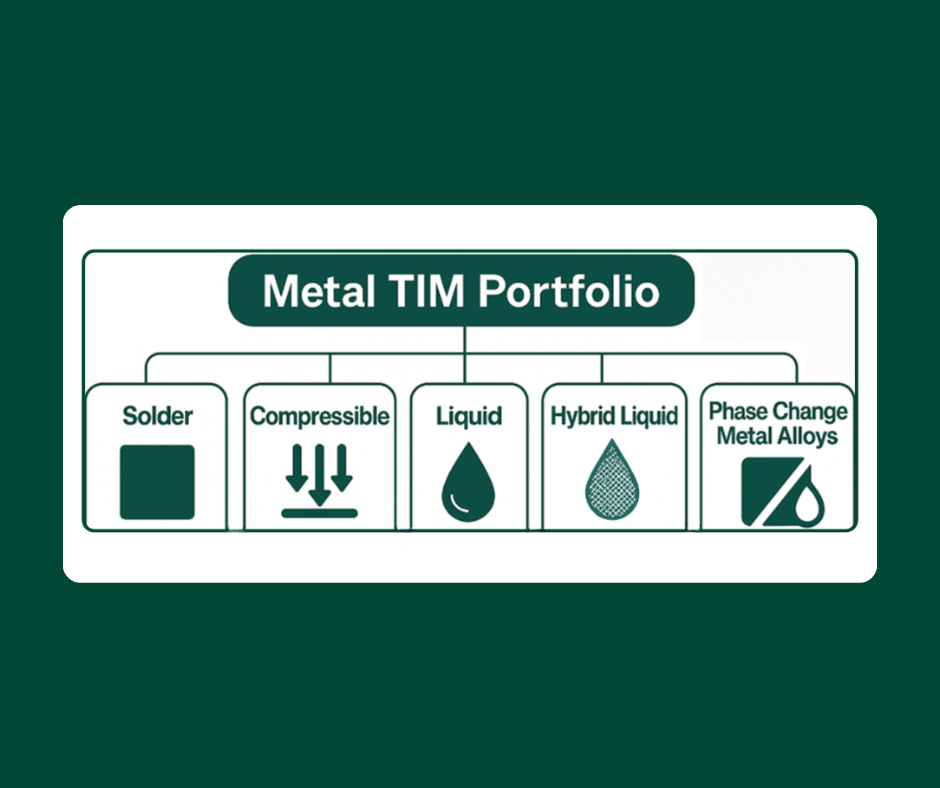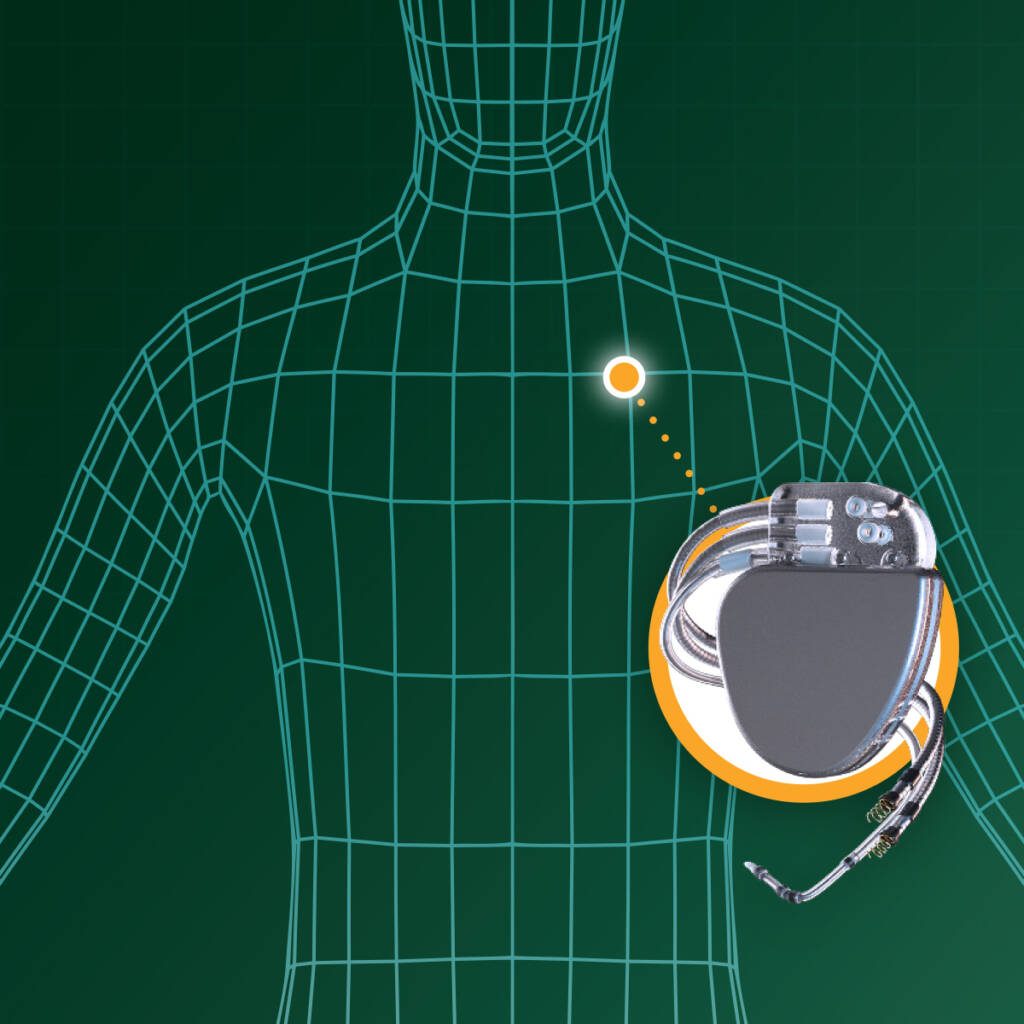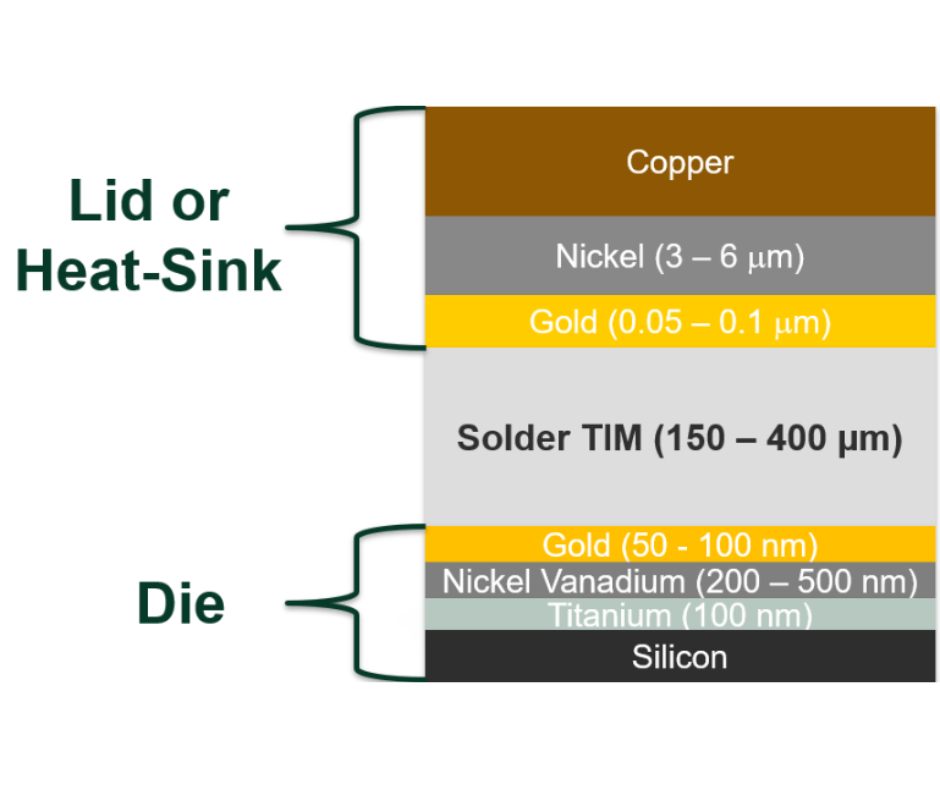Folks,
When the industry was preparing to transition to lead-free solders almost ten years ago (can it have been that long), tin-bismuth solders were serious candidates.Their low melting point, of about 138C, made these solders interesting candidates to replace tin-lead solder.However, if contaminated with lead, tin-bismuth solders can produce a eutectic phase that melts at 96C. In such situations the resulting solder joint exhibits poor performance in thermal cycle testing.Since early in the transition to lead-free solders it was expected that there would be numerous components and PWBs with lead-based surface finishes, this property made tin-bismuth solders unacceptable.
Another aspect of tin-bismuth solders is that they expand on cooling.This phenomenon can result in fillet lift in through-hole solder joints.
However, as we are now well into 2011, almost no components or PWBs have lead-containing finishes and many portable electronic devices have no through-hole components, so it may be time to reconsider tin-bismuth for some applications.
Some years ago, Hewlett Packard (HP) had performed work to show that adding 1% silver to tin-bismuth solder enabled this alloy to outperform eutectic tin-lead solder in 0 to 100C thermal cycle testing.Even at these low reflow temperatures, HP demonstrated solder joint strength with SAC BGA solder balls that was 65% that of tin-lead solder. Expanding on this work, Indium Corporation's Ed Briggs and Brook Sandy performed stencil printing and reflow experiments consistent with the requirements of current miniaturized components using this 57Bi-42Sn-1Ag solder.All of their results were promising.Ed presented a paper at SMTA Toronto,summarized the Hewlett Packard work, and reviewed the results of this new work.
So for applications consistent with 0-100C thermal cycling, 57Bi-42Sn-1Ag solder may be something to consider if the high temperature of SAC solder paste is an issue to components or PWBs in a product
Cheers,
Dr. Ron
PS:Read my follow-on posting about bismuth.
The image isof a bismuth crystal with an iridescent oxide surface from http://en.wikipedia.org/wiki/File:Wismut_Kristall_und_1cm3_Wuerfel.jpg



